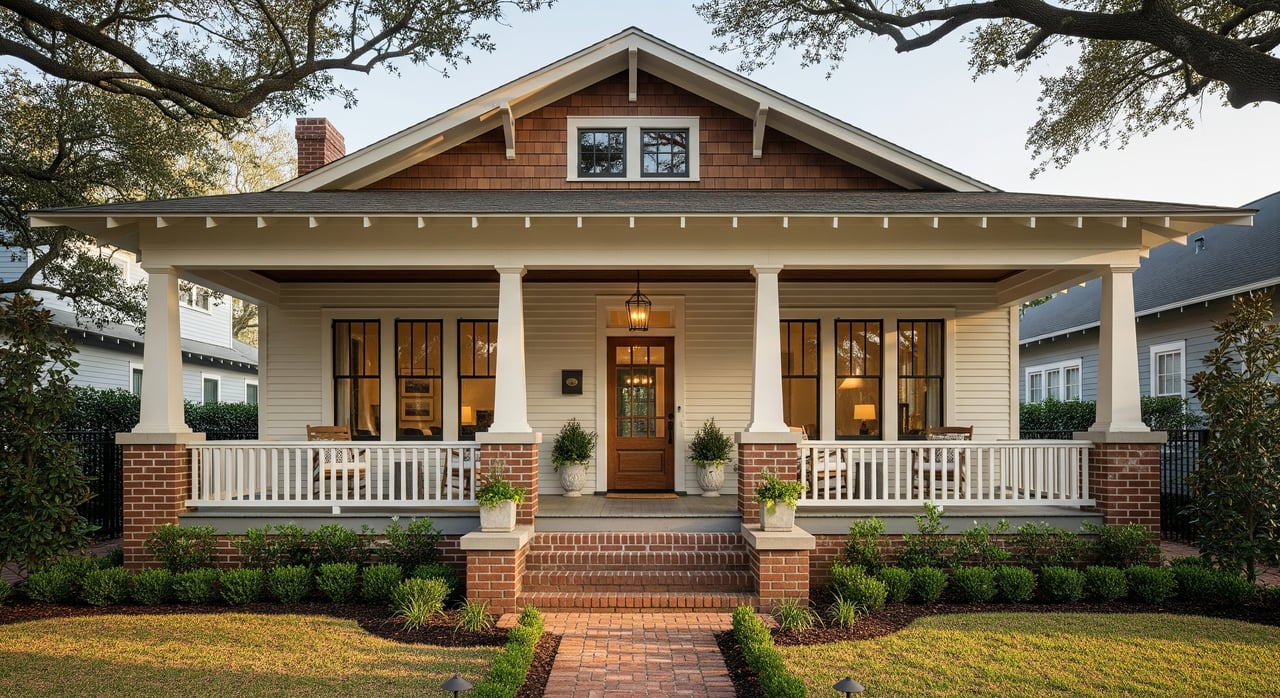Texas Real Estate Midyear Analysis 2024: A Balanced Market Emerges
real estate

real estate

As we reach the midpoint of 2024, the Texas real estate market has shown signs of stabilizing after several years of dramatic shifts. The period of unprecedented growth, fueled by low-interest rates and the pandemic-induced demand for more spacious living, has given way to a more balanced market. This analysis delves into the current trends, challenges, and opportunities in Texas real estate.
The first half of 2024 has seen a moderation in home price increases across Texas. While the state's major metropolitan areas like Austin, Dallas-Fort Worth, Houston, and San Antonio continue to experience growth, the rate of appreciation has slowed. This deceleration can be attributed to a combination of rising interest rates, increasing housing inventory, and a more cautious approach from buyers.
The median home price in Texas has stabilized, with minor fluctuations observed in different regions. According to data from the Texas Real Estate Research Center, the statewide median home price in June 2024 stood at approximately $345,000, a modest 2% increase from the same time last year. This is a stark contrast to the double-digit annual growth rates witnessed during the peak pandemic years.
Affordability remains a key concern, particularly for first-time homebuyers. However, the recent stabilization in prices, coupled with various state and federal assistance programs, has provided some relief. Programs aimed at down payment assistance and favorable mortgage rates for first-time buyers have been pivotal in maintaining buyer interest.
One of the significant shifts in the market is the increase in housing inventory. As of mid-2024, Texas has moved closer to a balanced market, with a months-of-supply indicator hovering around 3.5 months. This increase in inventory is partly due to new construction catching up with demand and a slight decrease in the frantic buying activity that characterized the previous years.
Homebuilders have been active, especially in suburban and exurban areas, where land is more available and affordable. Developments in cities like Frisco, Round Rock, and The Woodlands have added substantial new housing units to the market, providing more options for buyers and contributing to the balanced inventory levels.
The Federal Reserve's actions to curb inflation through interest rate hikes have significantly impacted mortgage rates. As of June 2024, the average 30-year fixed mortgage rate stands at around 5.5%, up from the historically low rates seen in 2021 and 2022. These higher rates have tempered buyer enthusiasm and purchasing power, contributing to the market's stabilization.
However, adjustable-rate mortgages (ARMs) and other creative financing options have gained popularity, offering buyers alternative pathways to homeownership amidst higher fixed rates. Additionally, lenders have become more flexible with loan products, accommodating a broader range of financial situations.
Austin: The capital city continues to be a hotbed for tech-driven growth. While home price appreciation has slowed, the demand for housing remains robust, particularly in the luxury segment and new construction.
Dallas-Fort Worth: The DFW metroplex remains a focal point for corporate relocations and expansions. The diverse economy and extensive transportation network contribute to its strong real estate market. Suburban areas like Plano and McKinney are particularly active.
Houston: The energy sector's resurgence has buoyed Houston's real estate market. Despite this, the market remains more affordable compared to other major Texas cities, attracting a steady influx of new residents.
San Antonio: Known for its military presence and historical significance, San Antonio's real estate market has seen steady growth. The city's affordability and cultural appeal make it an attractive destination for both families and retirees.
Challenges:
Opportunities:
The Texas real estate market at midyear 2024 presents a picture of balance and stabilization. While challenges such as affordability and rising interest rates persist, the market's resilience and adaptability offer a positive outlook. With increased inventory, innovative financing options, and a continued focus on new construction, Texas remains an attractive and dynamic real estate market poised for sustainable growth.




real estate

real estate

homes
Local Houston Realtor

homes

homes

real estate
We pride ourselves in providing personalized solutions that bring our clients closer to their dream properties and enhance their long-term wealth.